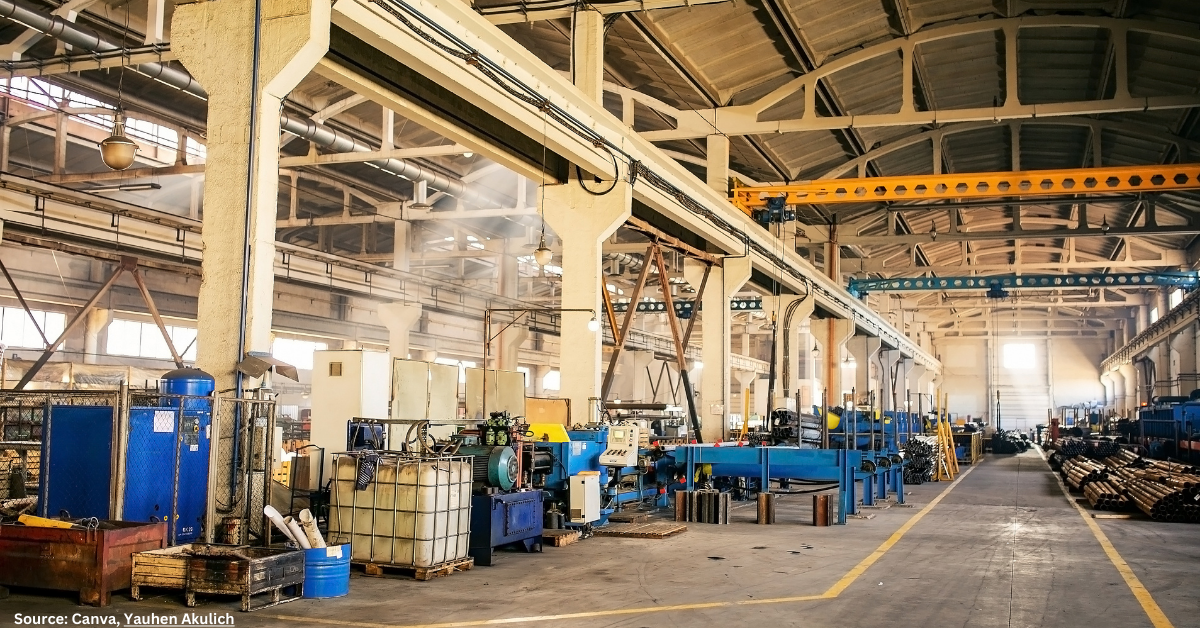Sparc Hydrogen has started prototype testing of its photocatalytic innovation to cut water into green hydrogen and oxygen at the CSIRO Energy Centre in Newcastle, NSW.
The CSIRO Launch Program is intended to help innovative Australian new companies and private ventures utilise CSIRO’s exploration skills and assets to cultivate development and improvement.
The declaration came when the prototype PWS reactor unit was effectively mounted onto the solar-based tower and flawlessly associated with fundamental assets, including water, power, and communications infrastructure.
The proper testing program was formally started on 13 September 2023 following alignment work with the heliostat field and beginning testing.
Additionally, Sparc Hydrogen stated that the initiative has received support from the CSIRO Kick-Start Program, which provided $28,688 for prototype testing for Sparc Hydrogen. Sparc Hydrogen offered its profound gratitude for the chance to team up with CSIRO on this weighty showing of PWS innovation.
The continuous testing is expected to give significant information and experiences that will add to the project of pilot plant reactors, a pivotal achievement in the pathway to enormous scope creation.
Sparc Hydrogen said it attempts to benchmark its lab results under simulated solar-based conditions against certifiable execution measurements, offering an extensive assessment of its innovation’s suitability.
The ASX-recorded organisation’s essential goals for this model testing, as framed in their past declaration on 3 July, incorporate lifting the Innovation Preparation Level (TRL) of Sparc Hydrogen’s PWS reactor from four to five, carrying it one bit nearer to turning into an economically deployable item.
According to the company, the initiative demonstrates Sparc Technologies’ commitment to driving innovation, in renewable energy, and represents a significant step forward in the path toward sustainable hydrogen production.















































Follow us on social media